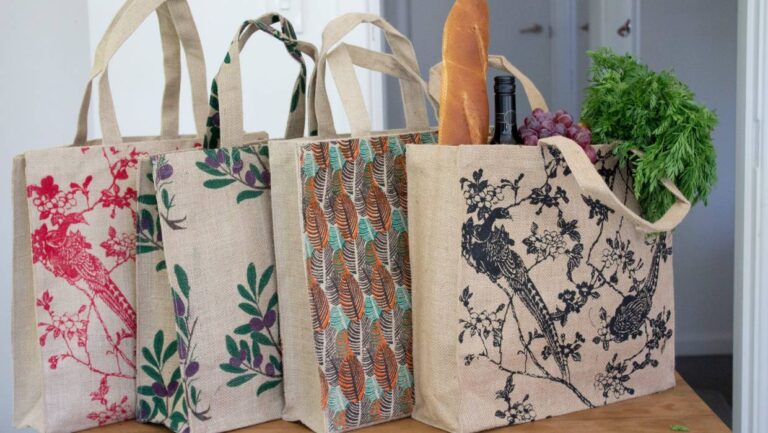
We all celebrated when plastic bags were banned from supermarkets and across New Zealand. Great. Turtles will no longer eat plastic bag jellyfish, whale sharks will no longer swim in large swaths of plastic floating on the ocean reusable shopping bags nz surface, and whales will no longer wash up on shore with their stomachs full of plastic.
What’s the truth? It’s not quite what we hoped for. As a result, supermarkets manufactured millions of slightly thicker plastic bags, slapped a ‘reusable’ label on them, and sold them for 10 cents. That’s a nice new revenue stream for you guys. The worst decision you can make is purchasing these reusable bags every time you shop. Mixed-material reusable bags are very difficult (or impossible) to recycle because they are made up of so many raw materials. In addition, they require more energy and material to produce than a single-use plastic bag and usually don’t last as long as, say, a cotton or jute-made bag.
In today’s marketplace, there are millions of reusable bags in all materials and styles, some with self-congratulatory slogans and others with jazzy little patterns. So, what’s the best bag for the environment?
What Makes a Reusable Bag Ideal?
What material would you recommend? You are committed and you intend to reuse it. My research on bag materials has been based on many studies conducted worldwide. Because they all vary, I am basing my summary on the most conservative estimate.
In addition to this, I’ve taken into account the entire lifecycle of the material, from its raw materials to its end of life. The bags are rated in terms of how many times they can be reused before outweighing the resources required to produce them. Another consideration is how long it will last with regular use and where your bag will likely end up when it dies. You might be surprised by the results.I’ve narrowed it down to eight materials:
- Paper
- LDPE (found in ‘reusable’ plastic bags)
- Hemp
- Jute
- Cotton
- Polypropylene
- Recycled plastics (mixed)
- Biodegradable plastic
Paper Bags
We cut down trees to make paper bags. The US alone uses 14 million trees just to make paper bags every year – around 10 billion. Making paper bags is more resource-intensive than making plastic bags. When making plastic, most manufacturing plants use less water than when they make paper. The larger and bulkier the paper bags are, the more solid waste they produce and the larger their landfill footprint. However, paper is compostable, and trees are renewable, so the positives outweigh the negatives. Don’t you think?
It isn’t always possible to compost paper bags because some of them have wax or oil coatings, which make them last longer. As a result, they are usually not compostable or recyclable. What’s worse?
Paper bags are not durable. In general, you can use a paper bag three times before it tears. These bags are therefore less reusable but more resource-intensive. Despite not choking turtles, they contribute to deforestation, have a high carbon footprint, and pollute water.
Hemp Bags
A week does not pass without someone on Ethique’s Facebook page praising hemp as the solution to all our environmental problems. Hemp doesn’t have the power to save the world yet, even if it contains a very low concentration of THC (the stuff).
It performs differently from petroleum products, and hemp plastic is not a substitute. We can make plastic bottles from hemp, but that won’t make them biodegradable – they’re still plastic. If we did that, we would have hemp-based plastic bottles bobbing around in our oceans.
Jute Bags
Jute is the second most abundant fiber on earth. This robust and efficient plant grows without requiring large amounts of water, pesticides, or heat and takes minimal processing to become usable. Jute is much like hemp but without legal issues.